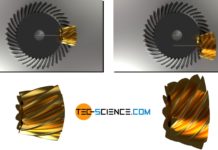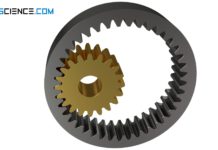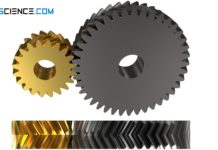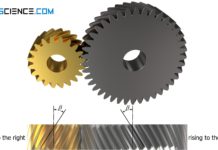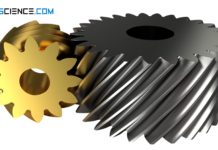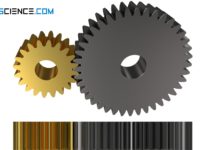Racks (toothed bar) allow the rotary motion of a spur gear to be converted into a straight-line motion of the rack.
While only rotary motions occur with conventional cylindrical gears, a rack can be used to generate a linear motion. In a rack, the teeth are no longer arranged on the circumference of a cylinder, but along a straight bar (toothed bar). The mating gear of a rack is always an cylindrical gear.
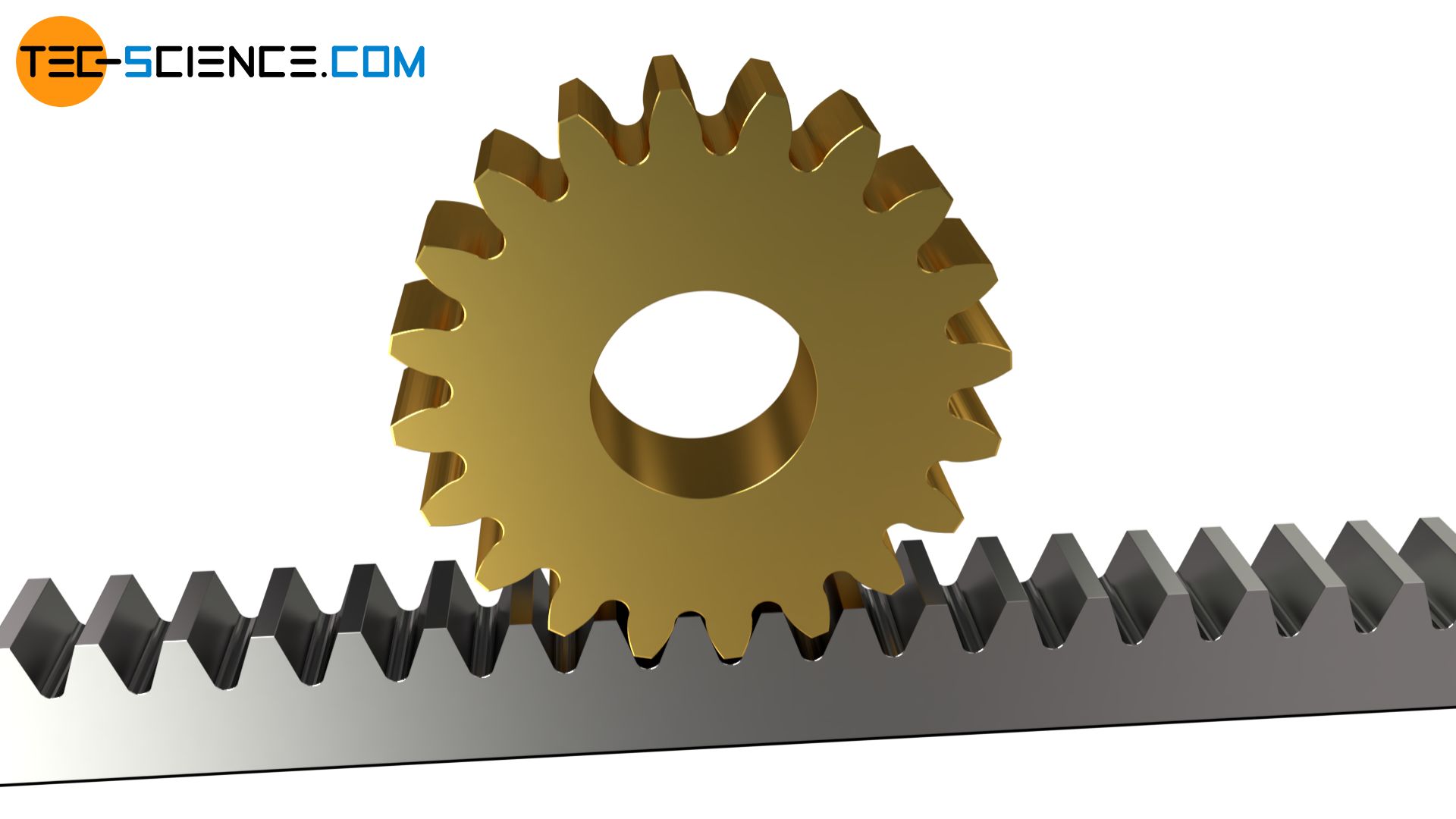
The rack can be considered as a unwinding of teeth from a cylindrical gear. In principle, the rack can also be regarded as a cylindrical gear with an infinitely large diameter. In this respect, the rack is only a limiting case of a cylindrical gear.
While the tooth profile for involute gears is convex with an external toothing (external curvature) and concave with an internal toothing (internal curvature), racks have straight tooth flanks (no curvature).
A rack corresponds in principle to a cylindrical gear with an infinitely large diameter. Racks for involute gears have straight tooth profiles.
A transmission which converts a rotary motion into a linear motion by means of a cylindrical gear (called pinion) and a rack is also called a rack gear. Such rack drives are used, for example, in machine tools for moving machine slides.

